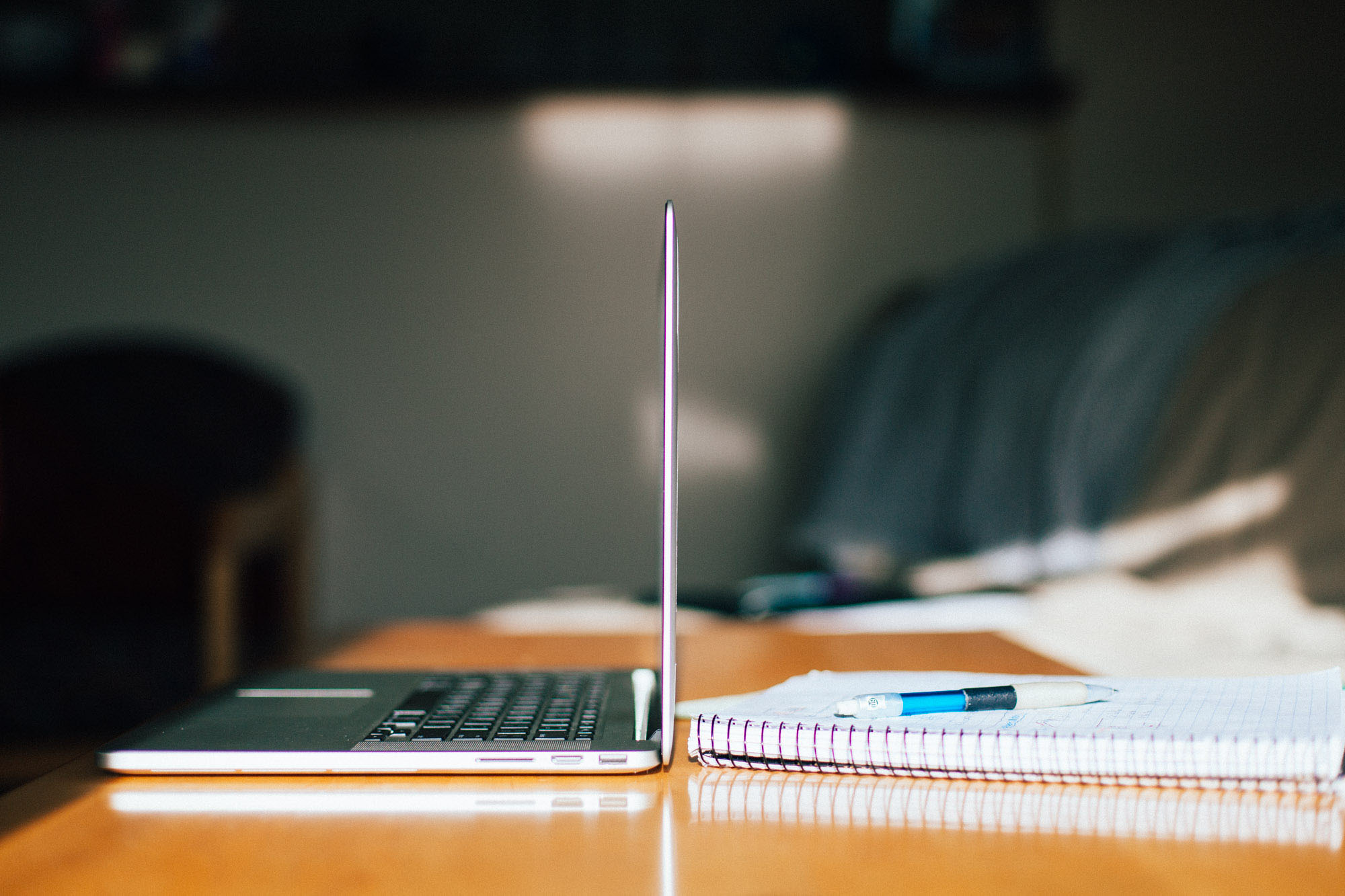With a new quarter beginning, it is worth reevaluating the necessity of bringing screens into the classroom. Studying with laptops and iPads may win against paper and pencil when it comes to convenience, but recent studies shows that using these devices actually harms the learning process. As so much of daily life is increasingly consumed by technology, some Seattle University professors suggest taking a break from these devices during class hours.
“There is something simply valuable in having a couple hours during your day when you are not on your phone or your computer,” communications professor Julie Homchick said. “Just to sit in a room with people, share comments, observations, ask questions, et cetera.”
Sophomore Nick Zatopa agreed that bringing a device into the classroom could be more distracting than helpful when trying to absorb information.
“I feel like when you are looking at your own handwriting you probably retain it better than just looking at it typed,” Zatopa said. “Looking at a white screen with the same writing [font], I don’t remember it as well.”
A recent study backs up Zatopa’s view. In 2014, psychological scientist Pam Mueller of Princeton University led an experiment on student notetaking habits. Across three experiments conducted in a classroom setting, groups of students were all given the same information but some students took notes by hand and others with laptops.
The results showed that although students using laptops took more notes, they had less understanding of the material. After a full week of independent studying, students with handwritten notes performed better on tests than those with typed notes.
“We are so connected online in our day-to-day lives most of the time,” Homchick said. “To just have that space where we are not I think is good—it’s good for our learning.”
With eyes on the screen and fingers on the keys, it can be easy for students to forget there is a teacher in the room trying to connect with them. Philosophy professor Daniele De Santis described the classroom as a space of reason, where students and teachers should actively interact with each other.
“At some point you realize you are not interacting with a human being—well, not a human face—but with a laptop,” De Santis said. “There should be an interaction, there should be a discussion; both the teacher and the student should actively participate, but if one of them has a kind of barrier…it only goes one way.”
Outside of the classroom, studying with a laptop can cause other negative effects on learning. Homchick began looking at studies similar to Mueller’s because she was concerned her students were having trouble connecting with the content.
“Some research suggests that students don’t learn as well or remember information as well if they type it, and that’s largely because we can type so quickly so we actually don’t have to process the information and discern what we need to write down,” Homchick said. “We can be indiscriminate and type everything and then we are not processing, we are not doing good critical thinking, and we are not asking questions as much in class.”
Though technology can hinder classroom participation and study habits, there are still advantages to using it for studies outside of the classroom. According to a 2008 study conducted by the North Central Regional Educational Laboratory, “information literacy is the ability to locate, recognize, evaluate, and synthesize information across a wide range of media using electronic resources and other technology.”
In other words, having access to infinite amounts of information presented in different formats pushes brains to process and find information efficiently. Thus, it may not be a bad idea to use technology for outside resources when getting stuck studying the same material in our textbooks.
“There are pros for having it [the laptop],” Zatopa said. “Crossing out and erasing on a computer is so much easier because you can just delete, and you can email notes a lot easier if you don’t have to scan them.”
Changing study habits may be difficult, but Seattle U students have resources if they want to try. ne-on-one consultations with a learning specialist are available in the Lemieux Library to help students learn more about how to improve the results of their study efforts. They can set up an appointment by going to the Learning Assistance Programs office or by calling (206) 398-4450.
The editor can be reached at news@su-spectator.com.








